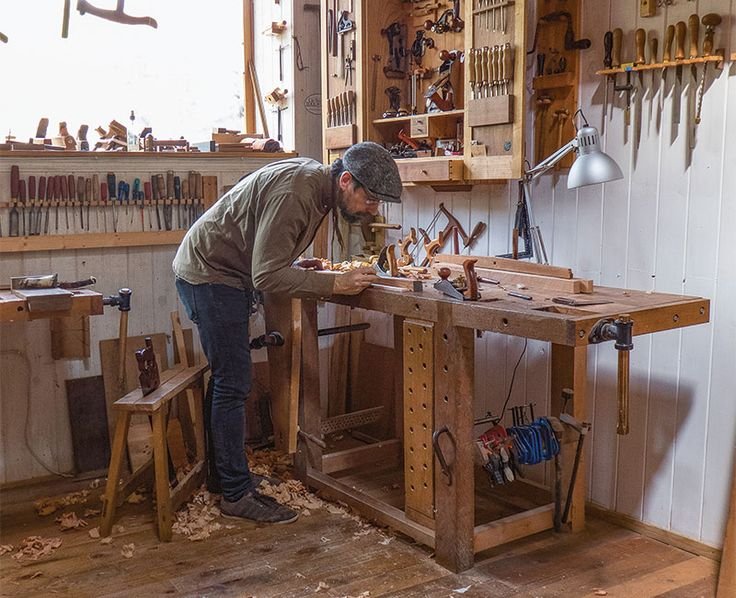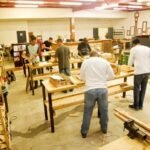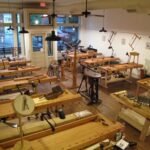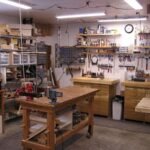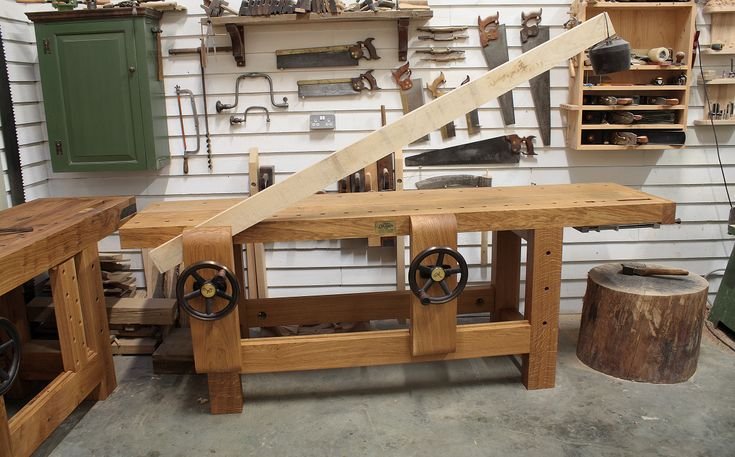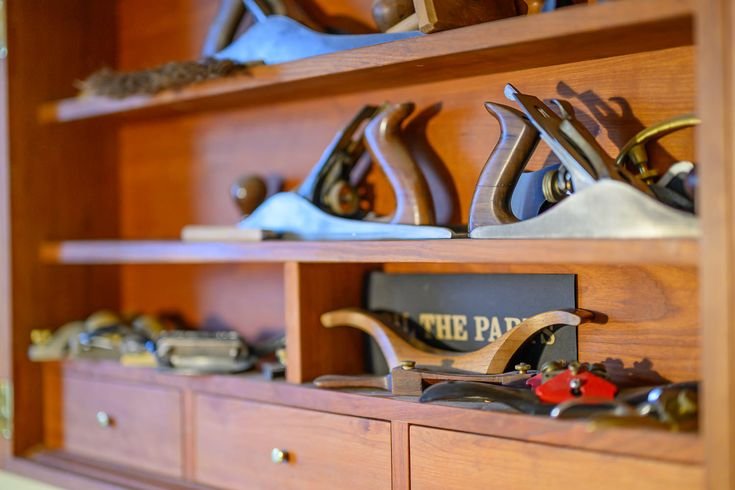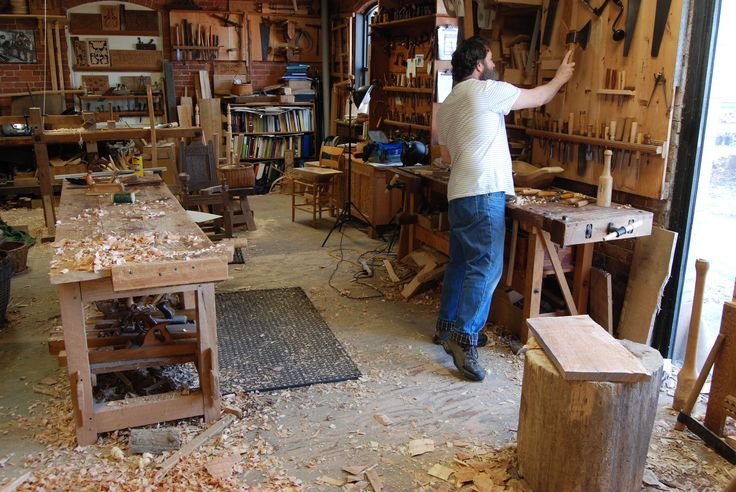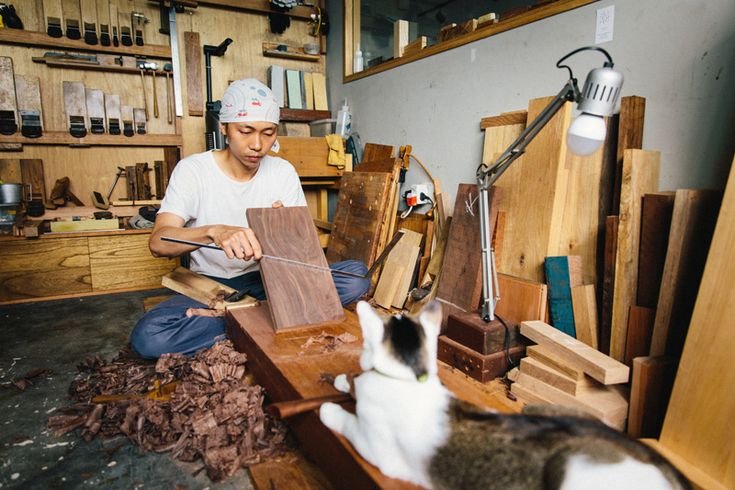The Art of Measuring Angles in Woodworking
You know, the first time I set out to build something, I thought I had it all figured out. It was a simple little bookshelf for my daughter, Abigail. I had a couple of 1×12 pine boards from the local hardware store, a trusty circular saw, and a vision. I also had a cup of coffee; I mean, wouldn’t it be ludicrous to try woodworking without at least one?
It was a crisp Saturday morning, the kind that makes you want to get things done. Birds were chirping outside my workshop—okay, it was really just my old friend, the neighborhood blue jay, but it felt like nature was cheering me on. I measured everything out, cut my pieces, and began piecing together this monstrosity of a bookshelf that would eventually hold all of Abigail’s beloved fairy tale collections.
But, oh boy, did I have a rude awakening when it came to angles.
The First Cut is the Deepest
Alright, picture this: I’m standing there, boards all laid out like a jigsaw puzzle, completely thrilled. I had Googled a bunch of stuff about angles—yes, I did that because I was trying to impress my neighbor, who’s a real woodworker. I called him “the saw whisperer” behind his back because he could make cuts that looked like they belonged on the cover of some fancy magazine.
Anyway, I thought I was being clever when I decided to make my bookshelf with a bit of flair—some slight angles, you know? Just enough to make it look like I knew what I was doing. Turns out, I didn’t even know the difference between a 45-degree angle and an acute angle. Who knew there were degrees involved?!
So there I was, trying to figure out how to use a protractor for the first time. I had this cheap one, probably from an old forgotten math class, covered in dust like our family’s attempt at maintaining a proper tool kit. I placed it on my board, trying to decipher the little lines, and honestly, I felt like I was trying to crack some sort of ancient code instead of just measuring wood.
It All Went Downhill From There
So, in my wisdom—or lack thereof—I decided to freehand one of the cuts. Yeah, I know; massive mistake. As soon as that saw roared to life, I went for it without a second thought. And when the dust settled, I stood there staring at this awkwardly shaped board that looked like it belonged in a kindergarten art project rather than my living room.
“What have I done?” I thought, feeling a mix of despair and laughter bubbling up inside. My only saving grace was a jar of cookies someone had brought over, sitting on my workbench. I popped one in my mouth to drown my sorrows, and lo and behold, chocolate chip cookies make everything better—at least temporarily.
The Kitchen Table Epiphany
Now, after several failed cuts and enough exasperation to fuel an entire sitcom episode, I decided to retreat to the kitchen table. There’s something about that table—it’s worn, it’s got scratches, but it’s where we gather as a family—where we laugh, cry, and sometimes get serious.
With a cup of lukewarm coffee in hand, I laid out my pieces. Something clicked. Instead of trying to get all fancy with angles, I just pulled out my old framing square. Simple, straightforward. No degrees involved. Just right angles and straight cuts. Suddenly, it felt like I was onto something.
I started over, cutting each piece with a fresh perspective and a new tool. The satisfaction of those clean lines was epic. I measured, re-measured, and for the first time in the day, I was truly enjoying it.
The Moment of Truth
The real test came when I fitted the pieces together. There’s this smell when wood meets wood—kind of like the warmth of a campfire but less smoky. I could almost hear the wood sighing in relief as it came together.
And when I finally stood the bookshelf upright, I was almost afraid to check if it was all straight. My heart raced; what if it was another wobbly disaster? But there it stood—solid and straight, like a sentinel in my living room ready to hold stories for years to come. I laughed out loud—it actually worked!
Lessons Learned
So, if you’re sitting there reading this, and if you’ve ever tried measuring angles in woodworking—or even if you’re just starting out—I’ve got a little piece of wisdom from my own trial and error. There’s no shame in sticking with the basics. Sometimes the best tools aren’t the fanciest; they’re the ones that make you feel comfortable and in control.
And hey, when things go sideways—if you accidentally cut your board too short or mess up a measurement? Just take a deep breath, grab a cookie, and think about the lessons you’re learning along the way. Each imperfection tells a story.
So, if you’re thinking about trying your hand at some woodworking, just go for it. Don’t overthink it. The mistakes are a part of the journey, and honestly, they’re what make the final product feel like yours. You’ll discover that even the simplest projects can turn into profound moments of creativity and joy. Just keep at it, and remember: you’re not just making a bookshelf; you’re building memories.

